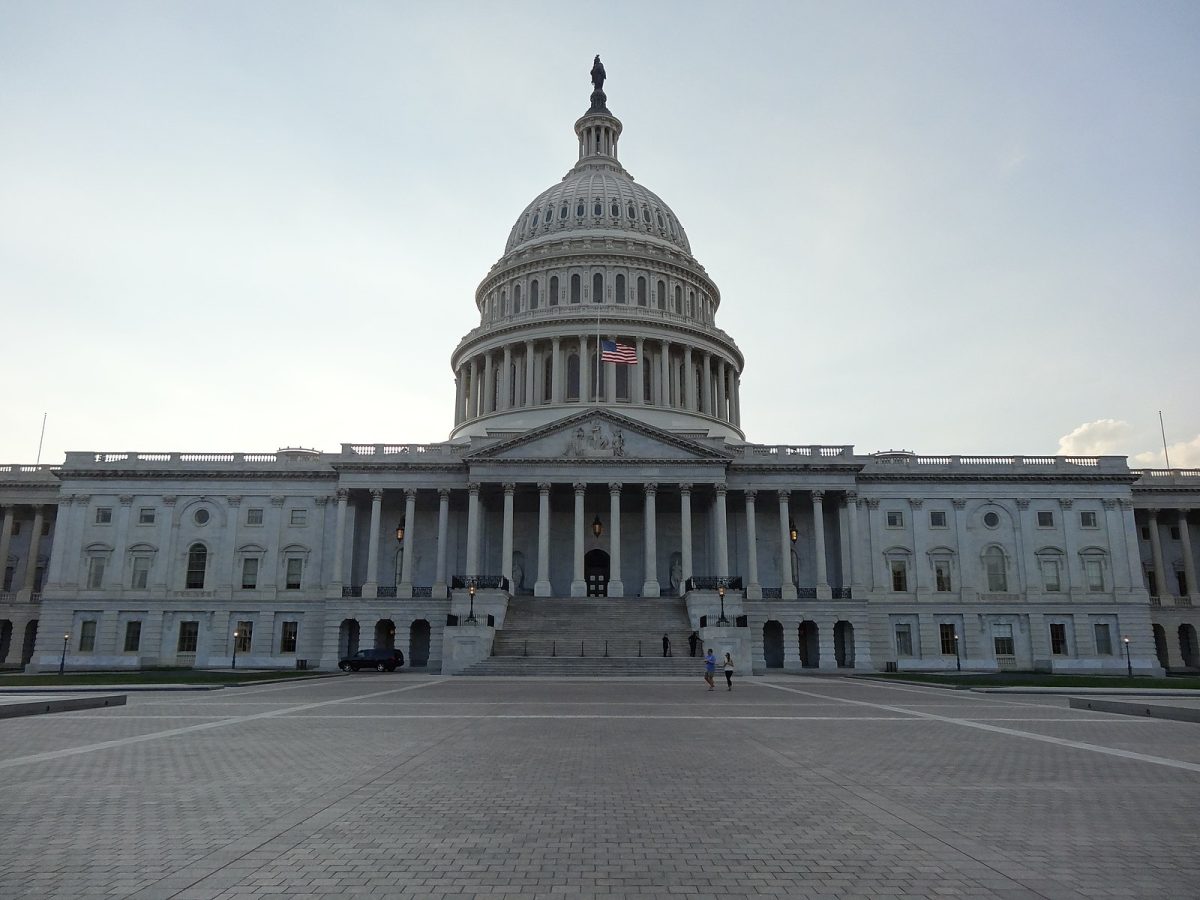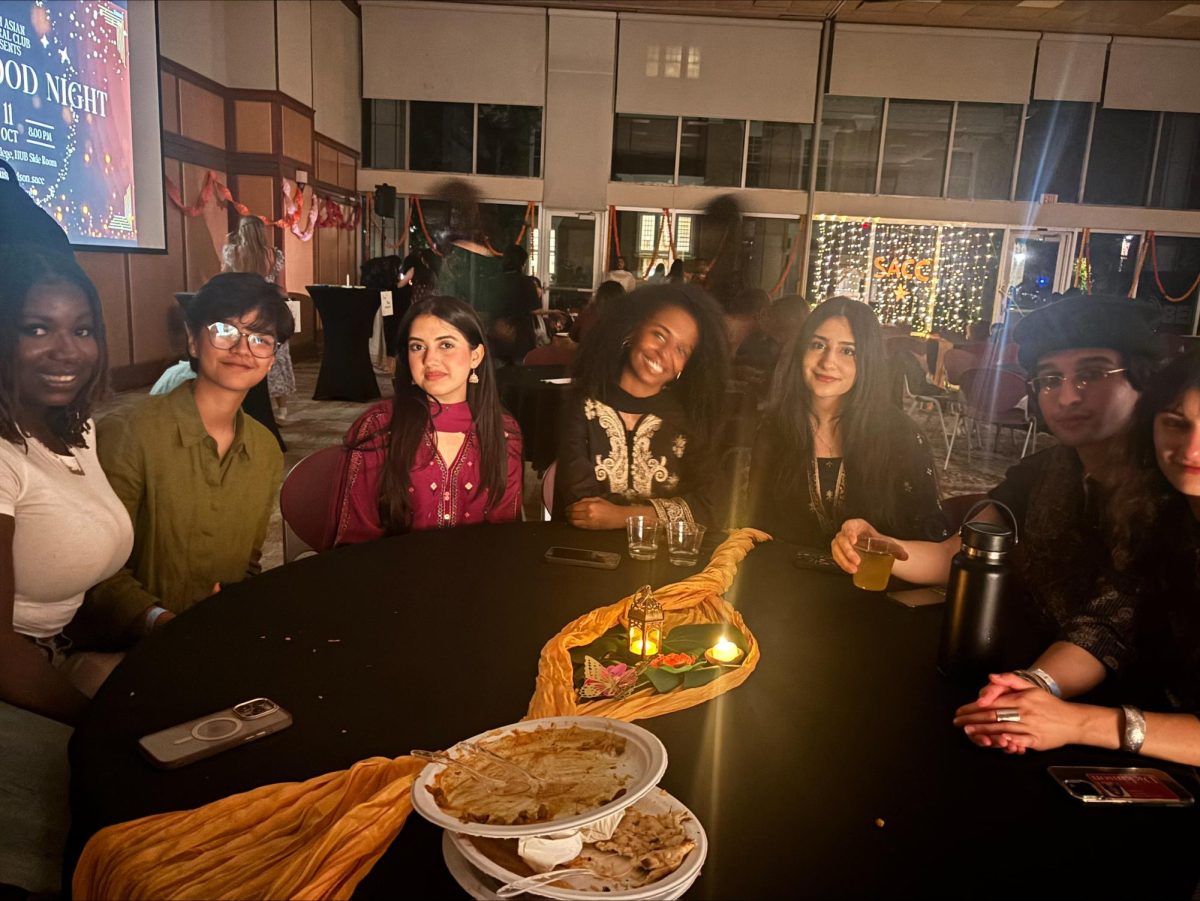Elizabeth Ellis, the associate professor of history at Princeton University, came to campus on October 15 at the invitation of the history department to give a lecture titled “Myths, Memory and Indigenous Survival in the Gulf South.”
Ellis is “one of the stars of colonial America and the early republic,” according to history professor Christopher Bilodeau, who introduced her. Her work focuses on concepts including indigenous migration, diplomacy, borderlands, politics and slavery. However, her lecture focused on the marginalization of indigenous peoples through erasure, invisibility and memory loss, and the resulting dire effects on contemporary indigenous communities.
Dozens, if not hundreds, of different native nations lived in the Gulf sSuth in the early seventeenth century, with vast cultural diversity and speaking over six languages. Nationhood was not marked by language or skin color, but rather hairstyle. Groups gained power through alliances and networks.
The resettlement and integration of migrants, refugees, foreigners and other outsiders was common throughout the indigenous communities of the gulf south, and increased as groups fled from increasing European pressure in nearby regions.
French colonization of the gulf south began in 1699 and native groups continued the same practices. They invited the French to settle alongside them, which made the French resentful that they had to depend on the indigenous peoples to such an extent.
Colonial violence and disease initially cut down the native populations, but they began to recover by the 1760s.
Even so, legends began to emerge, pertaining to multiple different nations, about native death and vanishment, which continue to be central to the memory and culture of the area. One is the legend of the singing river of Pascagoula, Mississippi, in which two lovers from rival tribes, as well as the whole of the Pascagoula people who followed them, drowned themselves in the river to escape enslavement by the Biloxi. The story explains both the disappearance of the tribe as well as haunting sounds that supposedly come from the river. “Vanishing Indian” myths are actually common in many different communities across the south.
Ellis stressed the paradox of how, though imperial narratives insist on the collective death of marginalized native peoples as settlers moved into the area, such communities exist and continue to advocate for themselves today.
As the United States expanded westward, native peoples were excluded from white America’s vision for the area. As the United States forced many native groups westward into Oklahoma, they expected that Native Americans would simply cease to be, and were destined for extinction.
The much smaller indigenous groups who remained in the east after Indian Removal moved to the margins and periphery of white settlements for their own survival, which made them invisible to the state: removal was accomplished both physically and in memory. Any Native resistance, such as that displayed by the Creeks and Cherokees, threatened the state. When acknowledged at all, natives were treated on an individual basis, not as sovereign nations.
One group, the Buloxis, had to disperse and re-settle themselves in various different multinational settlements. The Tunicas sought to defend themselves using local courts, but were not successful. Their lack of treaties with the United States, as well as the myths of vanishment, enabled the government to disposses them and deny their existence. The Tunicas did not receive acknowledgement until the 1980s, and fought a paper battle based on genealogy and anthropology.





